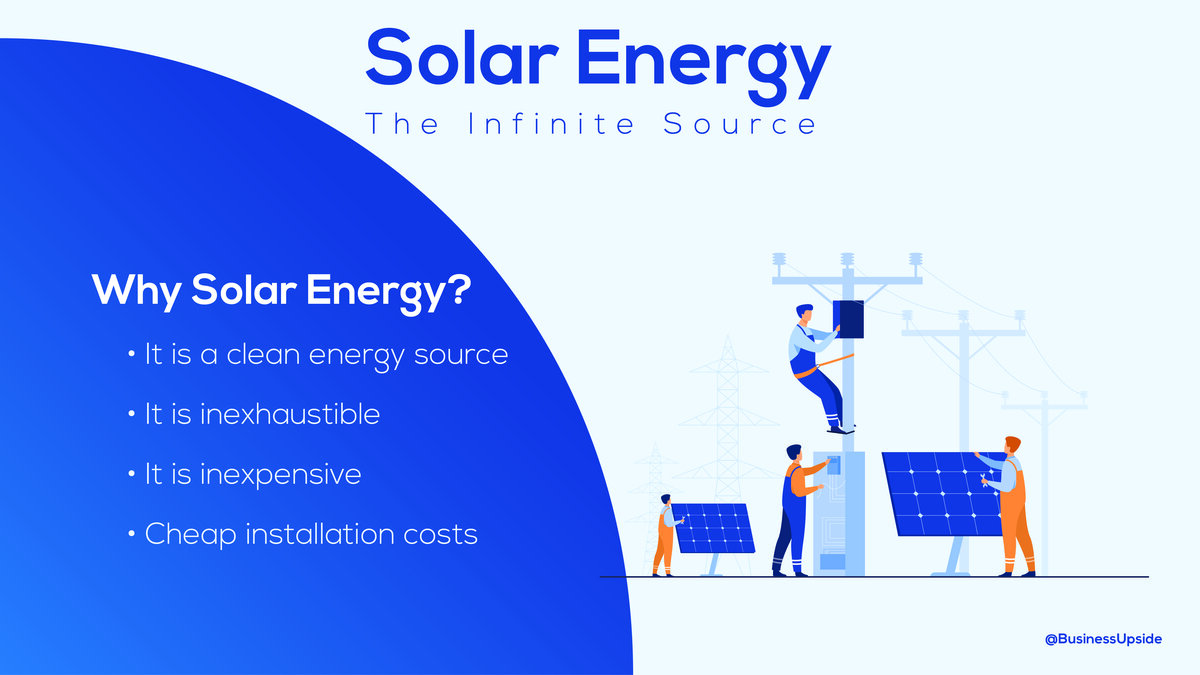The concept of renewable energy has become common in the United States and many other countries across the world. Renewable energy credit or REC is basically a certification or credential conforming to the ecological characteristics of energy generated from renewable sources like solar or wind. Renewable energy credits were produced as a way to keep tabs on advancement in the direction of and abidance with the Renewable Portfolio Standards (RPS) of the government, intended to underpin a neater generation blend.
Renewable energy credits should not be mixed up with green energy tax credits or tax credits that renewable energy ventures are entitled to get. As a constituent of the new economic stimulus package in the United States, there are fresh Energy Rebate Programs ready. At present, solar energy qualifies for a federal tax credit of 26% for solar PV (photovoltaic) systems installed in 2020.
Renewable energy credit is one of the two principal yields or gains from the generation of new energy from renewable sources.
Renewable energy production generates real power in the shape of electricity. Besides, there are ecological advantages to our society or the general public from green energy generation. Some of the salient benefits include the following:
- Curtailing pollution
- Reducing the rate at which non-renewable fuel resources are consumed
The selling of real power takes place within the local grid. Besides, the selling of the public yields takes place as RECs or Renewable Energy Credits. Sale of Renewable Energy Credits is performed individually in the form of a product in the marketplace.
Though renewable energy credits are not essentially a quantity of energy, every REC embodies one MWh (megawatt hour) of renewable source-produced energy. For every renewable energy credit bought, the consumer is entitled to the corresponding megawatt-hour of power discount in the form of a counterbalance to their formal power consumption.
Since renewable energy credits offer a supplementary flow of income to renewable energy ventures, they are fundamentally a grant intended to sanction eco-clean energy resources to frugally contend with fossil fuel-oriented resources.
The antagonists of RECs underscore that by buying renewable energy credits, a consumer can be entitled to an emissions “discount” despite they don’t essentially cut down their end-consumption in the least. Rather, it has been witnessed that they hike it on certain occasions. The advocates of renewable energy credits retort that a higher number of REC procurements generate an enhanced output of renewable energy that can substitute traditional power generation.
The two principal forms of the tax credit for green energy
1) Federal solar tax credit
The federal solar tax credit, also termed as the Investment Tax Credit (ITC), permits you to take away 26% of the expenditure of setting up a solar energy apparatus from your federal taxes. The Investment Tax Credit is applicable for both housing and business setups. Besides, there’s no cap on its price. One of the most interesting things is that the cost of solar energy is coming down throughout the US.
The solar energy tax credit 2020 slabs are explained below:
- A solar photovoltaic system has to be set up prior to December 31, 2019, to qualify for a tax credit of 30%. It will diminish to 26% for systems set up in 2020 and to 22% for systems set up in 2021.
- And the tax credit terminates beginning in 2022 if Congress does not reintroduce it.
There is no cap on the maximum cost for making a claim.
2) Wind energy tax credit
The wind energy tax credit is also known as Production Tax Credit and Investment Tax Credit for Wind. The PTC (Production Tax Credit) renders a tax credit of 1¢–2¢ per kilowatt-hour for the initial 10 years of electricity output for utility-scale wind. The substitute ITC (Investment Tax Credit) offers a tax credit for 12%–30% of investment outlays at the beginning of the venture. This credit is particularly crucial for the overseas and decentralized wind sectors since those ventures are additionally capital-intensive in nature and gain benefit from the direct tax advantages. Congress approved postponements of the Production Tax Credit and Investment Tax Credit in December 2019.
As an outcome, the present wind energy Production Tax Credit was protracted across 2020. Wind energy ventures will be eligible provided developers start building earlier than the completion of the specified time.
The green energy tax credits 2020 slabs for wind energy are as follows:
If the building starts: The approximate permissible tax credit is:
- After December 31, 2016, 1.9 cents/kWh
- By December 31, 2017, 1.8 cents/kWh
- By December 31, 2018, 1.4 cents/kWh
- By December 31, 2019, 1 cent/kWh
- By December 31, 2020, 1.5 cents/kWh





















